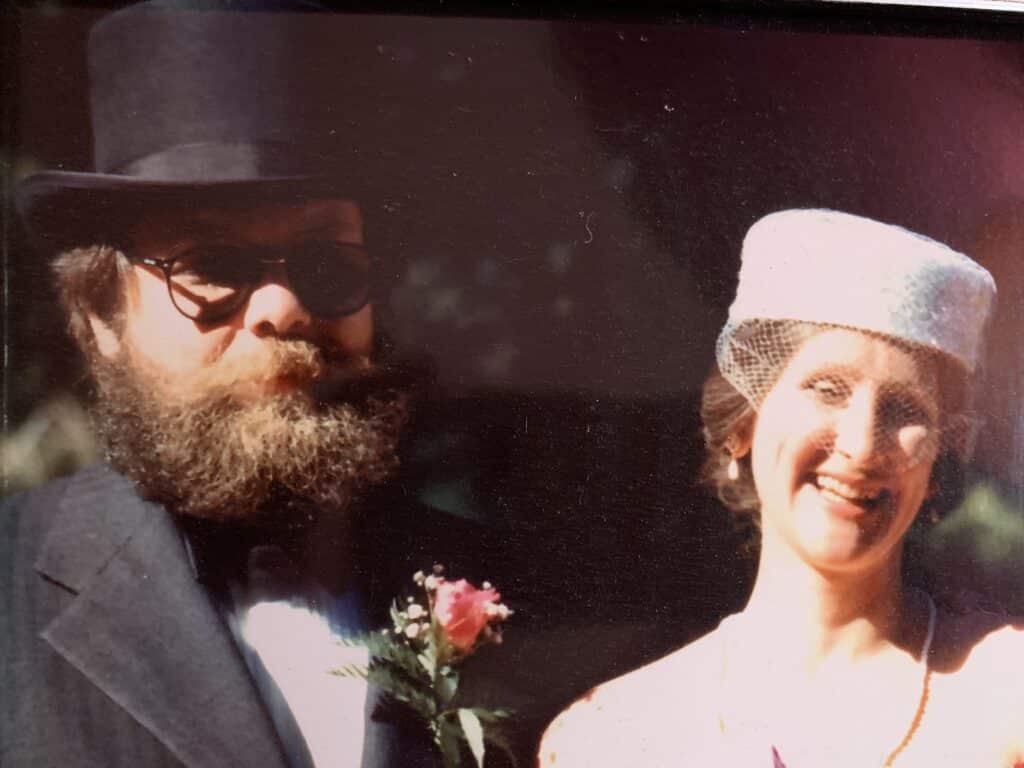June is zipping by with the Summer Solstice only a few days away
We are indeed slipping into the future.
Structuring Time
I have a timeline in my mind that I visualize when I think about the 20th Century. It has a “physical” structure. I think it may reflect a calendar that I saw and internalized when I was quite small. Did you ever see or use linen wall calendars or tea towels?
My mother always had one of these calendars for the current year on her northern kitchen wall. She must have used it to tell or teach me about upcoming events, the seasons, or something similar. That is the only way I could have such a strange image of how the months of the year are arranged. Mental maps can be strange things.
I have not yet found an image of the towel that is etched in my mind. The following image shows how the placement of months does not rigidly follow a standard 3 x 4 grid pattern. This might be a bit confusing to a child learning about months and seasons.

Cycles Beyond Individuals
I think solstice was a concept that I was introduced to in grammar school science class. I did not really understand the cultural significance of the Summer Solstice until much later… high school on through college.
I wrote this in 2018 for a post on this site:
June is Midsummer, Midsummer is the Summer Solstice
The fields of Europe, the place from which the dominant North American culture came, are planted at this time of year. Fields of grain, fruit on trees, and garden vegetables are growing and ripening. The summer land is effectively pregnant and bringing forth life. No wonder that betrothals, marriages, and talk of fertility are common this time of year.
The Romans associated the month, obviously, with Juno, Goddess of Women and childbirth, but Lucina (derived from the word Lux, light)also associated with the month and women and childbirth . As the Solstice is the day of the year with the greatest amount of light, it makes sense via what we know of the worldview of the time to also associate the bringing of children from the dark of the womb into the light of the world as related to the date.
Some contemporary writers, probably unconsciously, but possibly with religious motivations, say that the traditional use of Litha as a term for Summer is of totally modern use and origin. I have been able to find out by looking at translations of early English history that the term litha was used to describe the summer months as I noted in the June 2016 version of this post when talking about the English monk, theologian, and historian; known as the Venerable Bede, (Circa 673–735) wrote The Ecclesiastical History of the English People (completed in 731), a primary source for early English history.
Litha is neither pagan nor heathen, but is used by English speakers and those who parse the year by seasons and note the longest day of the year with festivity, bon fires, and celebrations. Pan-european celebrations continue to this day and give testimony to the importance attributed the Summer Solstice by pre-Roman European cultures.
June Brides
In Christian Northern Europe appointed clergy might only make the rounds to all parishes intermittently, perhaps 2 or 3 times a year. So betrothals and temporary marriages often preceded church sanctioned nuptials. Handfasting, the ribbon wrapping of the hands of the bride and groom, was sometimes done at weddings, but also at public, non-church, announcements of young lovers pledges to each other at which a fire might be jumped to seal the deal. Such fire occurred at both May Day and Summer Solstice. June weddings are age-old.
Un-promised young women were advised to stare into the fires so that they might have visions of their future husbands.
–
Nancy Hill – https://womenslegacyproject.com/be/late-boomer-2/june-litha-solstice-writing-prompts/
Putting it all together
The thing that really ties these ramblings together is my husband and I’s 34th wedding anniversary in a few days. So many decades ago, in the ’80s, in June, in Lemmon Meadow, Mount Lemmon, Santa Catalina Mountains, AZ. Yes, we raided vintage clothing stores for our wedding regalia.

When I first got to know my husband, he was a huge Steve Miller Band fan. I’ve been thinking about time and marriage a lot lately.
He is old enough to remember linen tea towels.
Leave a Reply